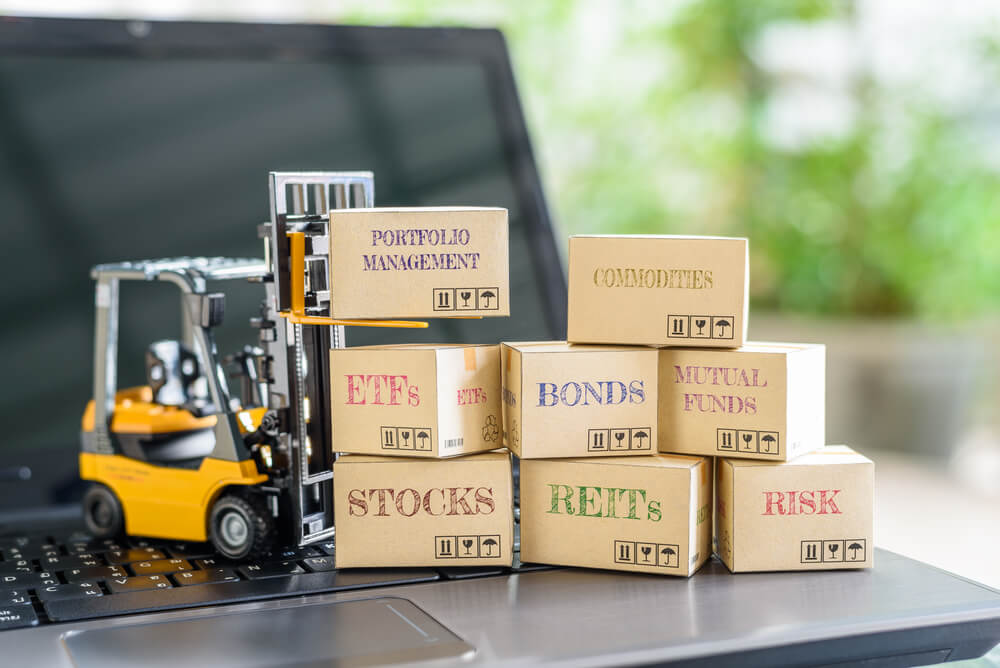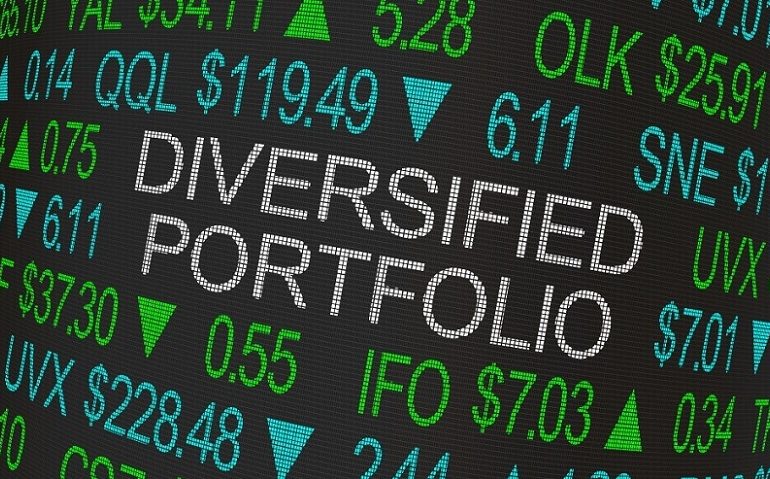Traders no longer limit themselves to a single asset class today. Instead, they actively explore a variety of instruments: currencies, cryptocurrencies, stocks, and market indices to spread risk and maximize opportunity.
This approach, known as multi-asset trading, allows individuals to benefit from different market cycles and behavior patterns. However, diversification is more than simply buying a handful of unrelated assets; it requires strategic selection, risk management, and awareness of how markets correlate with each other.
Trading Currencies: Stability Through Liquidity
The foreign exchange market, or forex, is the most liquid financial market in the world. Traders buy and sell currency pairs such as EUR/USD or GBP/JPY based on macroeconomic trends, interest rate differentials, and geopolitical events. Forex is attractive due to its high liquidity, tight spreads, and 24-hour availability.
However, currency trading can be heavily influenced by central bank policies and economic reports, requiring continuous attention to global news. While forex can provide stability compared to more volatile assets, it still carries significant leverage-related risk. In a diversified portfolio, currencies often serve as a hedge against inflation or equity downturns.

Cryptocurrencies: High Risk, High Reward
Cryptocurrencies such as Bitcoin, Ethereum, and emerging altcoins represent a relatively new asset class. Unlike traditional markets, crypto trades nonstop, offering both opportunity and chaos. Price swings can be extreme, captivating profit-seeking traders while intimidating risk-averse investors.
Cryptos often move independently of traditional markets, which makes them a valuable diversification tool. Still, regulatory uncertainty, exchange security concerns, and speculative hype make disciplined position sizing crucial. For most traders, cryptocurrencies should occupy a smaller portion of the portfolio, acting as an aggressive growth component rather than a core holding.

Stocks: Long-Term Growth with Sector Flexibility
Equities offer exposure to corporate growth and innovation. Traders can focus on blue-chip stocks for stability, growth stocks for expansion, or dividend-paying companies for consistent income. Liquidity varies depending on market capitalization, but major stocks generally provide reliable entry and exit points. Unlike forex or crypto, equities are often influenced by earnings reports, industry trends, and overall economic health.
Traders who diversify across sectors such as technology, healthcare, energy, and consumer goods can reduce company-specific risk. In a trading portfolio, stocks can deliver both momentum trades and longer-term swing positions, depending on strategy.

Indices: Broad Market Exposure in a Single Position
Market indices such as the S&P 500, NASDAQ, FTSE 100, or DAX represent a collection of companies bundled into a single instrument. Trading indices allows individuals to speculate on the performance of an entire market without choosing individual stocks.
This approach smooths out volatility caused by single-company events and often follows macroeconomic trends more predictably. Index trading is especially popular among traders seeking exposure to major markets while avoiding the complexities of stock picking. It also pairs well with other asset classes for hedging purposes.

Constructing a Balanced Multi-Asset Strategy
To build a diversified trading portfolio, traders must consider not only which assets to include but also how they interact with one another. A common mistake is believing that holding many positions automatically equals diversification. If all positions move in the same direction during market stress, diversification has failed. For example, some currencies and stocks may react similarly to global risk sentiment, while certain cryptocurrencies may correlate with tech stocks during periods of optimism.
Risk allocation is more important than asset count. A trader might assign 40 percent of capital to stocks and indices for moderate growth, 30 percent to forex for liquidity and hedging, 20 percent to commodities for stability, and 10 percent to cryptocurrencies for speculative upside. These percentages are flexible and should reflect the trader’s risk tolerance, time horizon, and market knowledge.

Managing Risk and Volatility
Diversification does not eliminate risk, it spreads it. Each asset class responds differently to market shocks, but even a well-structured portfolio can experience drawdowns. Proper risk management involves stop-loss placement, adjusting position sizes based on volatility, and avoiding overexposure to correlated instruments. A disciplined trader treats diversification as a strategy, not a safety net.
Tracking performance is equally important. Regularly reviewing correlations between assets helps determine whether adjustments are necessary. Market conditions evolve, and a portfolio that was once well-balanced can become lopsided as trends change.
Trading across multiple asset classes offers flexibility, broader opportunity, and protection against one-sided market conditions. Currencies provide liquidity, cryptocurrencies deliver aggressive growth potential, stocks offer structured participation in corporate value, and indices grant stable market-wide exposure.
However, diversification is not about randomness, it is about constructing a portfolio where each asset has a defined purpose. Those who approach multi-asset trading with strategy, discipline, and constant evaluation will not only reduce risk but also position themselves for consistent performance in any market environment.





